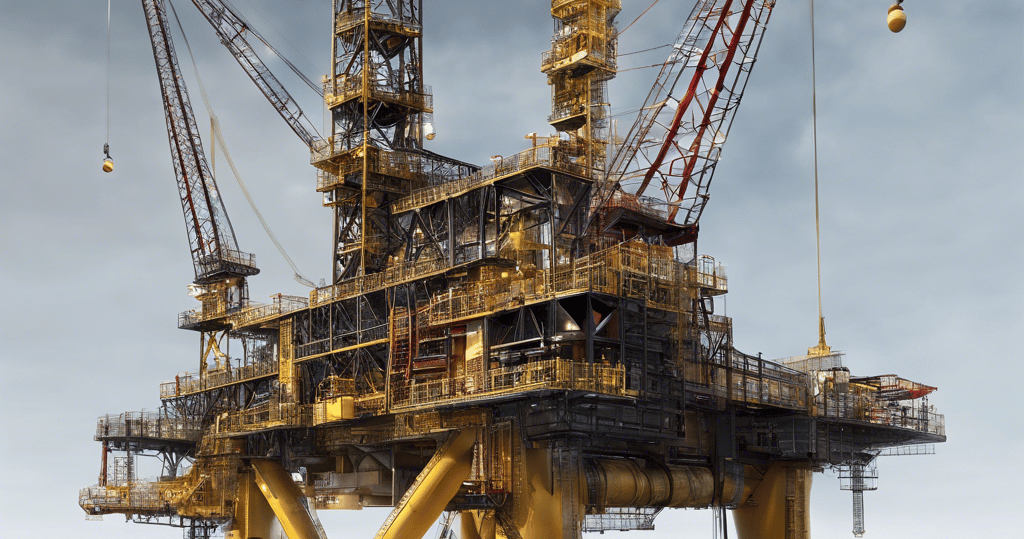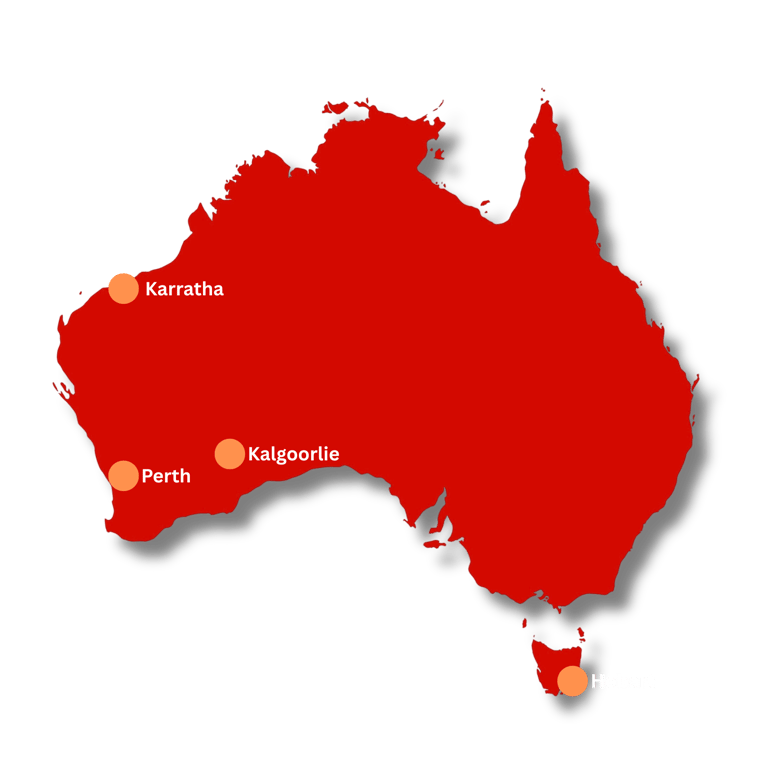Understanding Offshore Crane Types and Classifications: A Comprehensive Guide
Explore the types of offshore cranes including knuckle boom, king post, and lattice boom. Learn how API, DNV, and AS standards affect compliance and inspection.
Matt Weight
11/4/20242 min read


Introduction to Offshore Cranes
When it comes to offshore operations—whether on an oil platform, FPSO, or subsea support vessel—cranes play a mission-critical role in lifting, transferring, and handling heavy loads in harsh marine environments. These cranes are specially engineered for dynamic offshore conditions, and selecting the right type—and ensuring it's properly classified and inspected—is vital for safety, performance, and compliance.
🚢 Common Types of Offshore Cranes
Here’s a breakdown of the most commonly used offshore crane types and where they are typically found:
🔹 Knuckle Boom Cranes
Use Case: Supply vessels, subsea operations, ROV deployment
Key Feature: Articulated arm for compact storage and better maneuverability
Capacity Range: 5–150 tonnes
Knuckle boom cranes are widely used on offshore support vessels and oilfield service ships. Their articulated boom allows for tighter working areas and safer handling near deck level.
🔹 King Post Pedestal Cranes
Use Case: Oil rigs, fixed platforms
Key Feature: Stationary post mount with full rotation capability
Capacity Range: 5–250 tonnes
King post cranes are commonly installed on fixed offshore platforms. Their simple yet robust design makes them ideal for repetitive material handling tasks like pipe transfer and container lifting. These cranes are often exposed to environmental loads and require regular inspection.
🔹 Lattice Boom Cranes
Use Case: Heavy lifting on oil platforms, marine construction
Key Feature: Lightweight truss structure for high lifting heights
Capacity Range: 50–1,000+ tonnes
Lattice boom cranes are designed for ultra-heavy lifting and long outreach. Their reduced self-weight, thanks to their truss-style boom, allows for massive lifts without compromising the crane’s structural integrity. These are typically mounted on semi-submersibles and large fixed platforms.
🔹 Pedestal & Lattice Pedestal Cranes
Use Case: General cargo handling on platforms and FPSOs
Key Feature: Fixed base with either box boom or lattice configuration
Capacity Range: 10–400 tonnes
Pedestal-mounted cranes come in both box boom and lattice styles and are a staple of platform-based lifting operations. They offer 360° rotation and are engineered for long duty cycles and tough offshore loads.
📋 Offshore Crane Classification Standards
Offshore cranes must meet rigorous design and inspection criteria. The following are the most commonly referenced international standards:
✅ API RP 2C
Developed by the American Petroleum Institute
Covers offshore pedestal-mounted cranes
Specifies design, inspection, testing, maintenance, and operation
Used widely in oil & gas platforms and U.S. waters
✅ DNV-ST-0378 / DNV-GL Rules for Offshore Cranes
Managed by DNV (Det Norske Veritas)
Applied across Europe, Asia-Pacific, and international operations
Covers everything from structural design to slew bearing checks, proof load testing, and dynamic lifting
🔧 Inspection and Service Intervals
To remain compliant and operationally safe, offshore cranes require strict inspection regimes, often mandated by classification societies and flag states.
Typical maintenance includes:
🔍 Annual inspections (per API or DNV)
🧰 10-year major overhauls
🧪 NDT of boom sections, slew ring, and structural welds
🔧 Slew ring rocker bearing tests
🛠️ Slew bolt torque checks and change-out
🧯 Load testing using certified weights or water bags
Need help with your offshore crane?
📞 Call us on 1300 141 109 or
📧 Email service@safelifting.com.au for expert inspection and servicing, Australia-wide and offshore.

CONACT INFORMATION
ABN: 85 674 428 098












